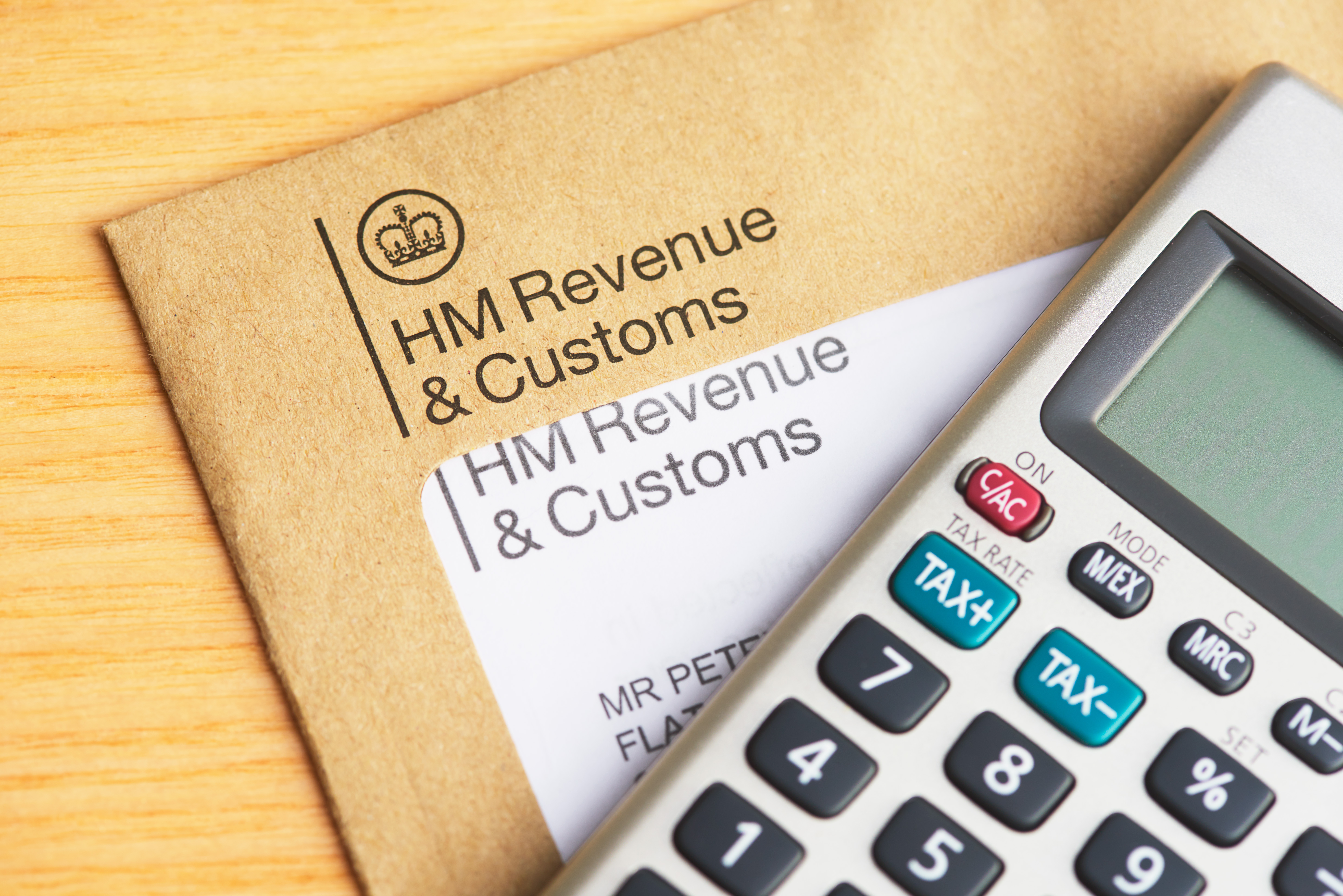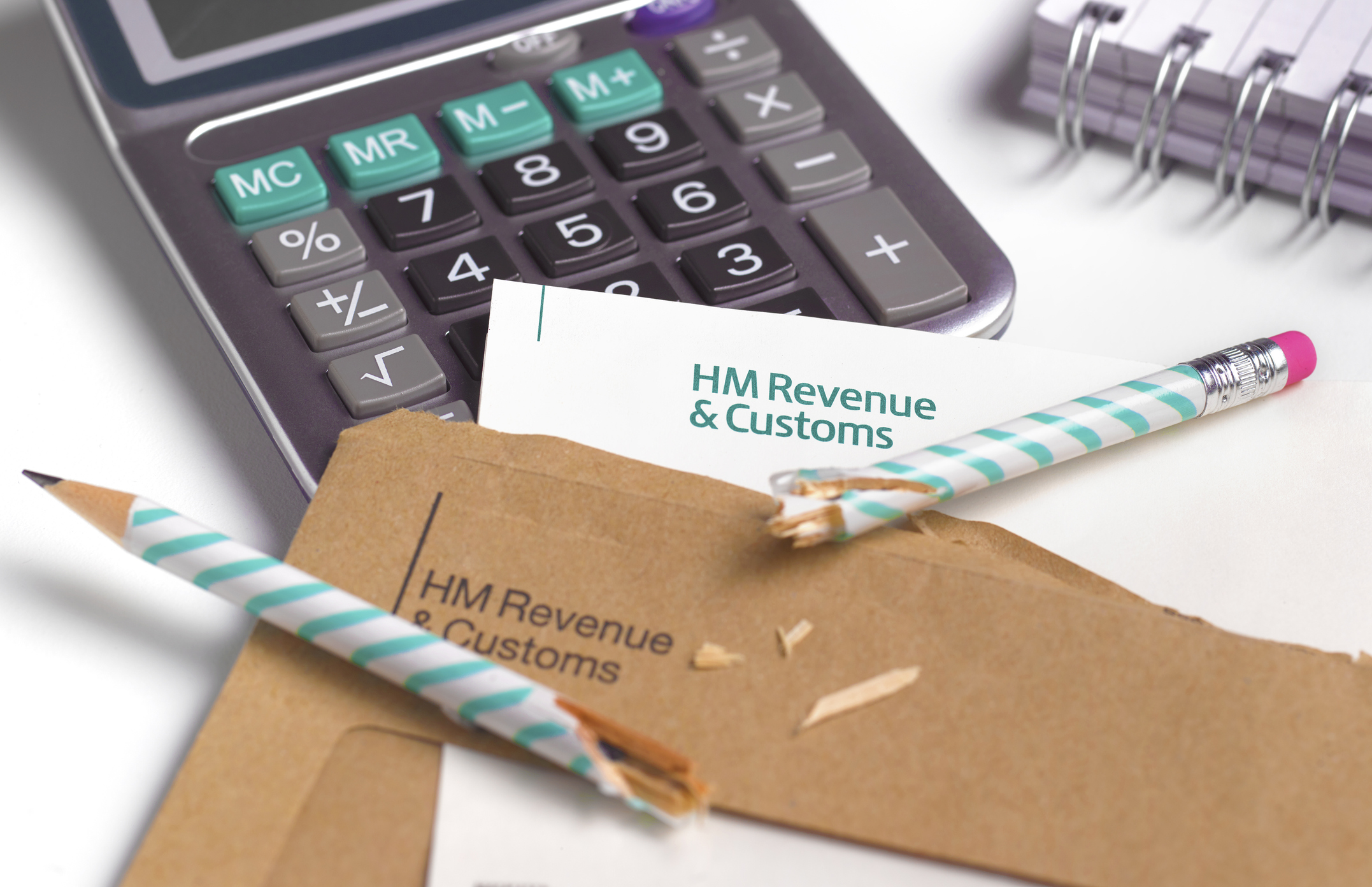Pension tax relief – why the taxman could owe you money
Millions of pounds in pension tax relief is going unclaimed. If you haven't yet completed your tax return ahead of the 31 January deadline, don't forget to claim any tax relief you’re owed.

Ruth Emery

Savers are failing to claim millions of pounds of free cash from the government every year in the form of pension tax relief. If you are a higher or additional-rate taxpayer with a particular type of SIPP or workplace pension, this could include you.
Part of the problem is fewer than one in three people (31%) understand that pension tax relief is basically where some of the money you would have paid to the government in tax goes into your pension, according to new research by Hargreaves Lansdown.
Higher rate taxpayers (47%) were more likely to understand than basic rate taxpayers (35%), in the survey of 2,000 people by Opinium on behalf of Hargreaves Lansdown in October 2025.
MoneyWeek
Subscribe to MoneyWeek today and get your first six magazine issues absolutely FREE

Sign up to Money Morning
Don't miss the latest investment and personal finances news, market analysis, plus money-saving tips with our free twice-daily newsletter
Don't miss the latest investment and personal finances news, market analysis, plus money-saving tips with our free twice-daily newsletter
But overall there was widespread confusion, with 8% of people incorrectly thinking tax relief was a means by which the government matched people’s pension contributions, and 7% wrongly believing it enabled pensioners to take income tax-free no matter how much it was.
A further 7% thought it enabled people to claim back tax once they had retired. More than two fifths (44%) simply said they didn’t know what pension tax relief was.
Helen Morrissey, head of retirement analysis at Hargreaves Lansdown, said: “Pension tax relief is a major incentive to get people saving for retirement and yet the majority of people don’t know what it is. We need to raise awareness of this hidden hero of pensions to help people make the most of their retirement saving and save them from any nasty surprises.”
What is pension tax relief?
To encourage people to save for retirement, HMRC gives tax relief on pension contributions. This is applied at your marginal rate – 20%, 40% or 45%.
Everyone can get tax relief when they pay into a pension, even children and people who aren’t working, however there are limits on how much you can receive (imposed via the £60,000 annual allowance).
“Pension tax relief is an enormous incentive to save,” says Helen Morrissey, head of retirement analysis at Hargreaves Lansdown.
“It means that a £1,000 pension contribution for a basic-rate taxpayer only costs them £800. For higher and additional-rate payers, it is even more attractive with the same contribution only costing them £600 and £550 respectively,” she adds.
Figures from HMRC show that pension tax relief saved UK taxpayers £28.5 billion in total in the 2023/24 tax year.
Do I need to claim pension tax relief?
If you are in a “net pay” pension scheme where pension contributions are made before you are taxed, you will automatically receive any tax relief you are owed without having to claim it.
However, if you are in a “relief at source” pension scheme (where contributions are made after tax is deducted), you may need to take action.
Although your pension provider will automatically claim tax relief on your behalf if you are in a “relief at source” scheme, they do this at the basic-rate level. This means you will only receive 20%, despite the fact that higher and additional-rate taxpayers are entitled to 40% and 45% respectively.
In 2023, online pension service PensionBee published the findings of a series of Freedom of Information requests logged with HMRC. These revealed that £1.3 billion of pension tax relief went unclaimed between 2016 and 2021.
Meanwhile, a flash poll conducted by Interactive Investor in January 2024 showed that one third of higher-rate taxpayers could be missing out on tax relief on their private pension.
If you are eligible for higher or additional-rate pension tax relief and haven’t claimed it yet, you can do so by filing a self-assessment tax return before the deadline on 31 January.
If you have missed out on pension tax relief historically, you can also backdate a claim for the past four years.
How to claim pension tax relief
If you are a higher or additional-rate taxpayer, the first thing you should do is check what kind of pension scheme you are paying into.
If your pension contributions are being paid into a net pay scheme, you don’t need to take any action. If you are paying into a “relief at source” scheme, you should file a tax return.
SIPPs and personal pensions generally fall into the “relief at source” category, as well as some workplace pension schemes. If you are unsure, check with your pension provider or employer.
“Many people assume the process of claiming higher or additional-rate pension tax relief is complicated, but in fact, it’s pretty straightforward,” says Rob Morgan, chief analyst at wealth management firm Charles Stanley.
He adds: “You can claim the tax relief on your self-assessment tax return by stating the gross amount of your total pension contributions for the tax year, including the 20% basic-rate relief already added.
“If you use the online service, HMRC calculates how much tax you have overpaid and then offsets any additional tax you owe against it.
“At the end of the process your net tax position for the year is adjusted. If you have overpaid, the balance can be refunded to your bank account as a tax rebate, or you can choose to pay less tax each month in the next financial year through a new tax code.”
You should consider paying the rebate into your pension (rather than keeping it in your bank account) to boost your retirement fund.
Backdated claims for pension tax relief
If you are panicking that you have never benefited from this extra tax relief on pension contributions, the good news is you can claim it for previous years. In fact, you can claim relief dating back four years, either through amending a previous tax return or contacting HMRC directly.
PensionBee has created a Pension Tax Relief Calculator to show savers how much tax relief could be added to their pension pot. If they’re not already receiving the full amount from their pension provider, it shows the portion they could claim back from the government.
Get the latest financial news, insights and expert analysis from our award-winning MoneyWeek team, to help you understand what really matters when it comes to your finances.
Laura Miller is an experienced financial and business journalist. Formerly on staff at the Daily Telegraph, her freelance work now appears in the money pages of all the national newspapers. She endeavours to make money issues easy to understand for everyone, and to do justice to the people who regularly trust her to tell their stories. She lives by the sea in Aberystwyth. You can find her tweeting @thatlaurawrites
- Ruth EmeryContributing editor
-
 Boost for over 100,000 families on Child Benefit as new HMRC payment system rolled out
Boost for over 100,000 families on Child Benefit as new HMRC payment system rolled outThousands of households will no longer have to pay the dreaded High Income Child Benefit Charge through self-assessment
-
 Are you being haunted by the ghost of Christmas past? How festive cutbacks could boost your long-term wealth
Are you being haunted by the ghost of Christmas past? How festive cutbacks could boost your long-term wealthThe average family spends around £1,000 over the Christmas season. Here’s how much you could have gained if you had invested some of the money instead.
-
 How to limit how much of your Christmas bonus goes to the taxman
How to limit how much of your Christmas bonus goes to the taxmanIt's Christmas bonus season but the boosted pay packet may mean much of your hard-earned reward ends up with HMRC instead of in your pocket
-
 Over 1 million pay 45% rate of income tax as fiscal drag bites
Over 1 million pay 45% rate of income tax as fiscal drag bitesHundreds of thousands more people are being pushed into the additional rate tax band by fiscal drag
-
 'I've used my annual ISA allowance. How can I shield my savings from tax?'
'I've used my annual ISA allowance. How can I shield my savings from tax?'As millions face paying tax on savings interest, we explore how to protect your money from the taxman. If you've used up your ISA allowance, we look at the other tax-efficient options.
-
 Simple assessment explained as millions brace for unexpected tax bills
Simple assessment explained as millions brace for unexpected tax billsIncreasing numbers of people could get letters from HMRC saying they owe more tax due to frozen thresholds, under a system known as simple assessment. Here is what it means for you.
-
 What are wealth taxes and would they work in Britain?
What are wealth taxes and would they work in Britain?The Treasury is short of cash and mulling over how it can get its hands on more money to plug the gap. Could wealth taxes do the trick?
-
 When is the self-assessment tax return deadline?
When is the self-assessment tax return deadline?If you are self-employed, rent out a property or earn income from savings or investments, you may need to complete a self-assessment tax return. We run through the deadlines you need to know about
-
 Child Benefit: how it works, eligibility criteria and how to claim
Child Benefit: how it works, eligibility criteria and how to claimChild Benefit is worth hundreds of pounds per year and claiming it can help build up your state pension entitlement. We look at who is eligible and how to get the payment
-
 HMRC warning after scammers target 170k taxpayers – how to stay protected
HMRC warning after scammers target 170k taxpayers – how to stay protectedScammers are using increasingly sophisticated methods to trick people into sharing personal details or paying for fake self assessment tax refunds
